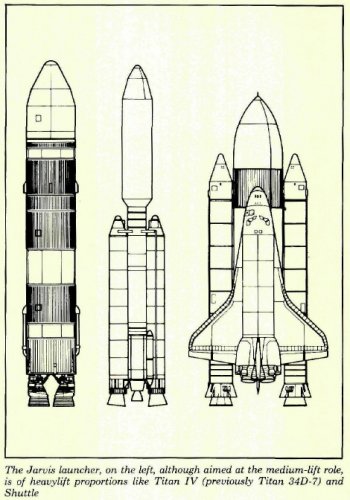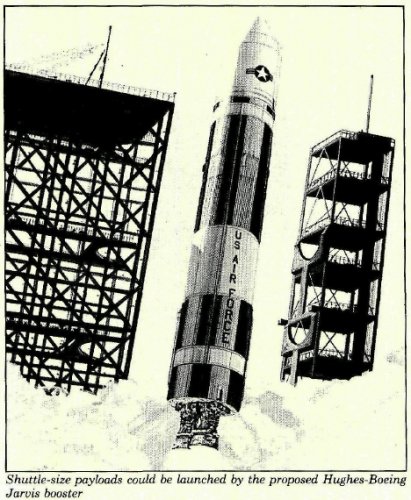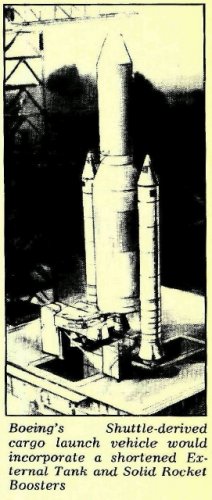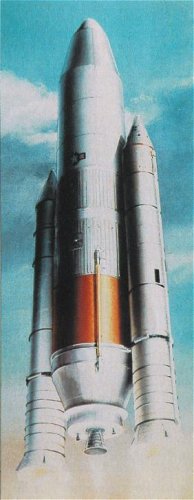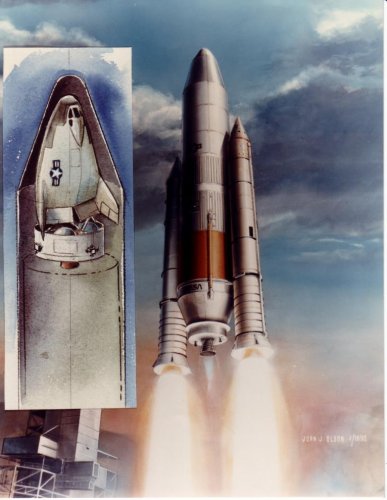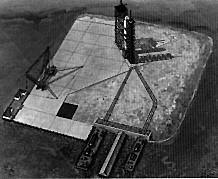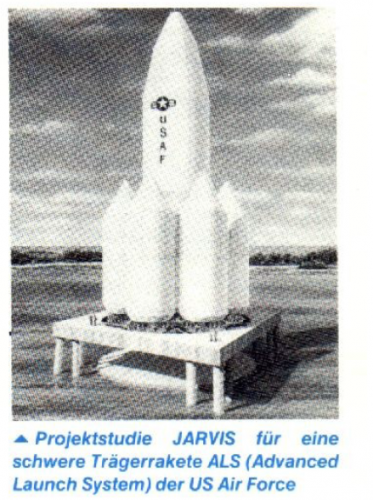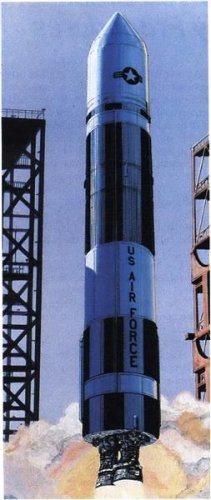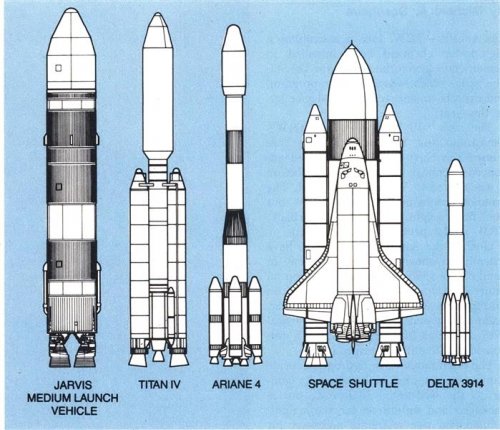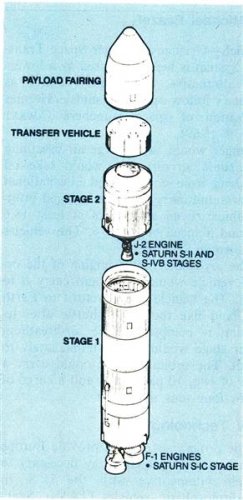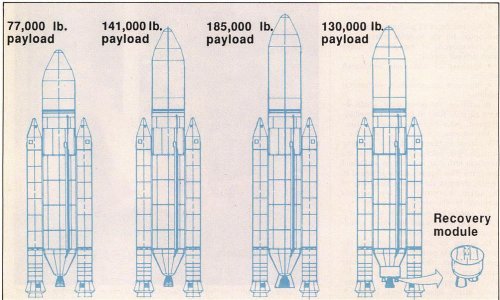Triton said:
As a post Challenger-accident project, did the United States Air Force not want a launch vehicle that used SRBs?
Well, they developed and operated Titan IV, so saying that they didn't want a vehicle with SRB's doesn't seem appropriate.
Thing was, Titan IV ended up costing SO much that it basically equaled shuttle for launch costs. For an unmanned, expendable vehicle, that was too much. Hence EELV.
Now, the Air Force had plenty of experience with large solid rocket motors-- after all, the entire ICBM fleet was made up of them, save for the Titan II's that remained in the inventory. They had plenty of experience operating satellite launch vehicles equipped with solid rocket motors, in Titan III. Over time, however, the costs of a vehicle with both large SRM's AND liquid propellant core and upper stage(s) got really expensive... not just the hardware, but the programs to procure and support it as well. It's fairly apparent that the Air Force wanted a simpler, and much cheaper, vehicle. Titan IV wasn't it.
Hence, when the EELV program came around, they looked at new approaches and went with the common core booster design-- a vehicle that could launch with just the core (or the core augmented by small solid boosters, which apparently didn't suffer the same sort of extreme costs that large solids did) or with a pair of cores acting as boosters on either side of the central core, all of basically similar to identical construction, for the EELV "heavy" configuration.
Now, the Air Force COULD have issued a requirement in the proposals that the new EELV boosters being considered HAD to use the existing Titan IV SRM's, or an equivalent large solid booster-- but they didn't. It's pretty clear that if they had, they would have ended up with a system just as expensive as Titan IV...
That's why I just have to laugh when the military gets all uptight about the possibility of NASA going away from big solid rocket boosters... they whine and complain about how it's going to "raise prices for solid propellant motors" and the industry will "lose their industrial base and skills" if they're not manufacturing large SRB's for NASA... yet at the same time, the Air Force certainly was amenable to getting rid of the large solids in their Titan IV replacement vehicle, the EELV, not once, but TWICE (in both the Delta IV and Atlas V designs, which both featured a triple-core boosted "heavy" configuration, although only Delta IV heavy was completed...)
Why should ditching big solids be a good idea for the Air Force, but NOT for NASA?? If the military is concerned about solid propellant cost increases or the industrial base suffering from not making large solid rocket motors, why don't they push for a new ICBM program or increase their orders of solid propellants?? The military CERTAINLY has MUCH more money for such things than NASA does!
Later! OL JR


